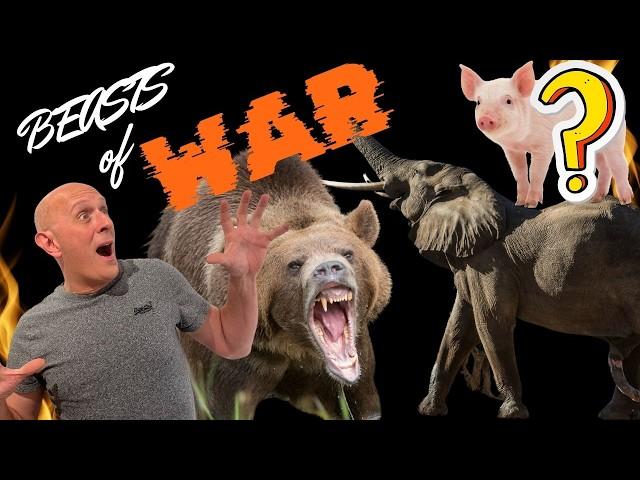
BEASTS OF WAR! Creatures in Historical Warfare
Комментарии:
BEASTS OF WAR! Creatures in Historical Warfare
scholagladiatoria
ОП Многопрофильный педагогический колледж ЛГПУ День молодежи 2022
Многопрофильный педагогический колледж ЛГПУ
gái xinh tiktok #xuhuong #tiktokgaixinh #short #shorts
Trùm Game Bắn Cá
Ain't my fault || Bad*ss Multifemale
Heal Serenity
Soy Ramon Miranda
Axios Reviews - Ramon Miranda
Why Join Our Lost Media Archive?
Scottish Rite of Freemasonry, SJ-USA
김주형 정신못차리고 또 택시에서 담배핌
천리마TV


























